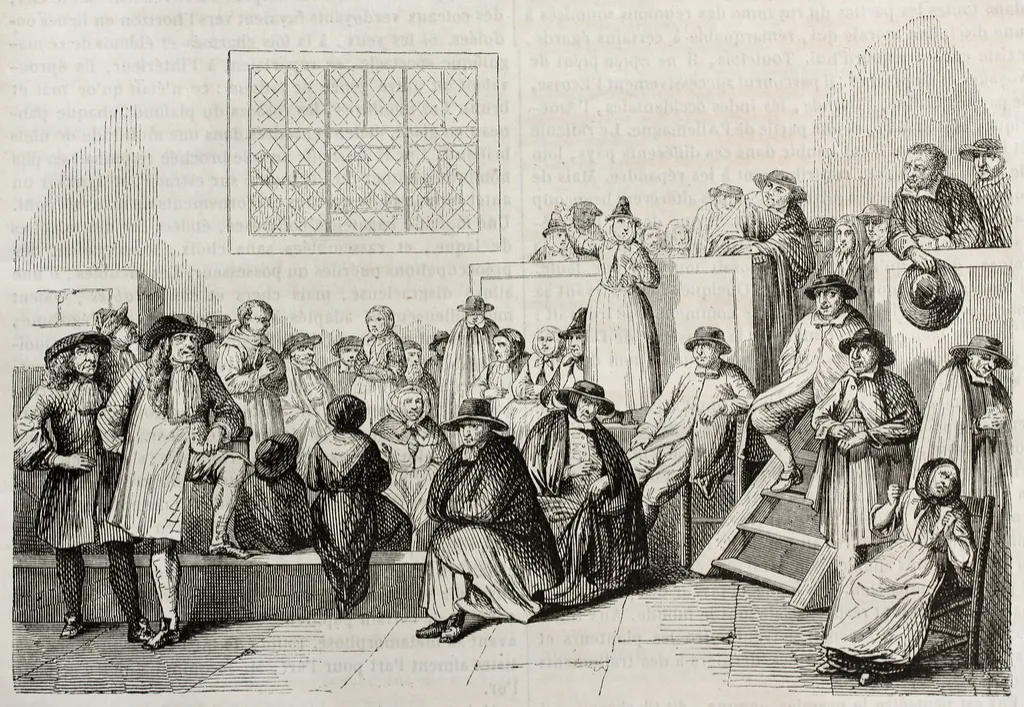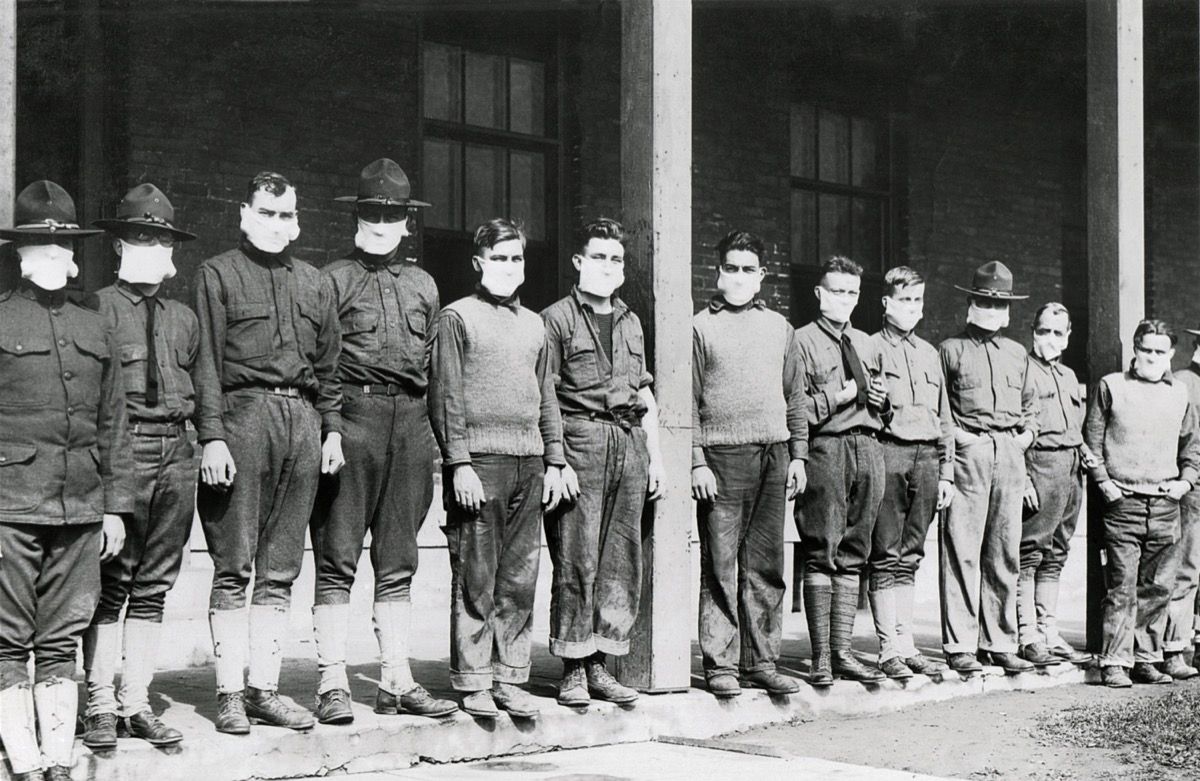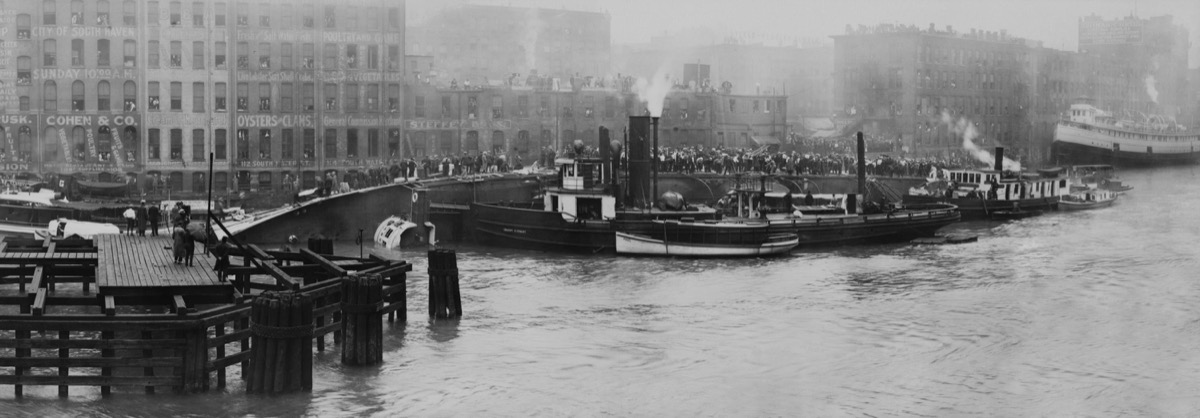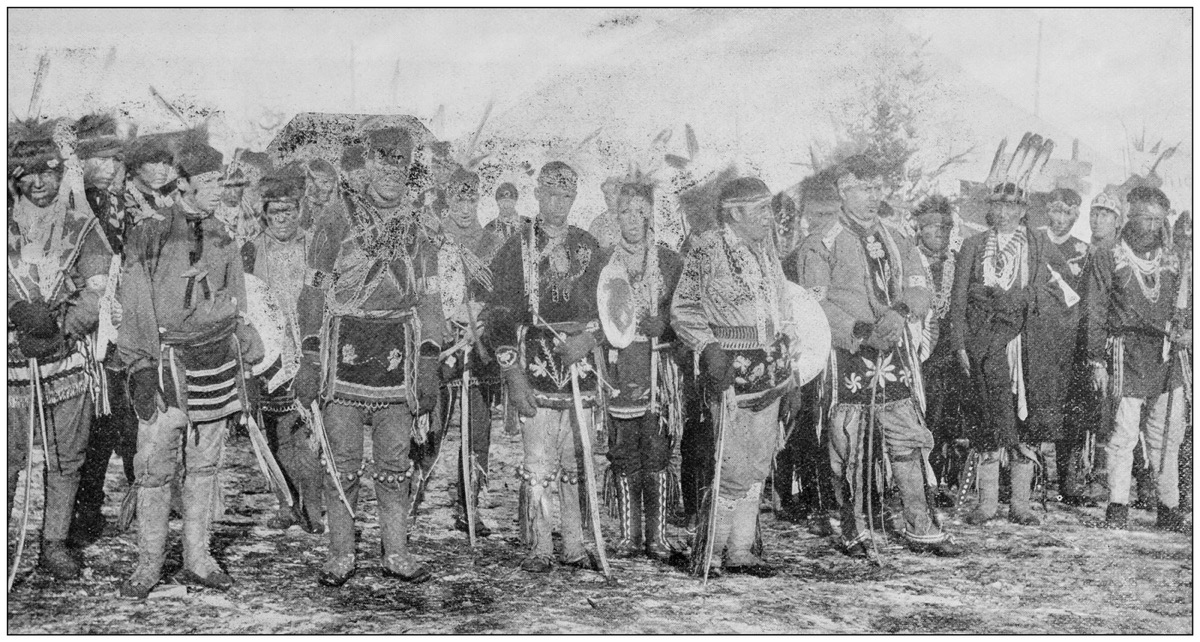11 Important Historical Moments in the U.S. That Are Rarely Taught in School

As a kid, it’s easy to assume you’ll learn everything you need to know about American history from your teachers. After all, these folks have your best interest in mind and want you to be as knowledgable as possible. But not every important moment in U.S. history makes it into your grade-school lesson plans, no matter how well-intentioned your teacher is.
From the time the government helped poison Americans to the woman who helped win World War II, here are some of the major historical moments that are rarely taught in school.
1
The Quakers’ protest against slavery in the 17th century

Long before the civil rights protests of the 19th and 20th centuries, Quakers were pointing out the evils of slavery in the latter half of the 17th century. In fact, the very first organized protest against slavery in America was written by Quakers in 1688, according to Bryn Mawr College. In their written protest, the Quakers called for colonists to implement the Golden Rule (treat others how you would like to be treated) in relation to those with different skin colors. We bet you didn’t learn about that in school.
2
The role of black soldiers in the American Revolution

There are plenty of stories in history books detailing the efforts of white soldiers during the American Revolution, but are you familiar with the roles of black soldiers? According to Edward Ayres, a historian at the American Revolution Museum at Yorktown, by the end of the Revolutionary War, between 5,000 and 8,000 free and enslaved black men had served in some capacity.
Unfortunately, some of their efforts were done under the expectation that a democratic revolution might offer them freedom. At one point, every state above the Potomac River recruited slaves for military service, typically in exchange for their freedom, explains Ayres.
Rhode Island’s Black Battalion, established when the state couldn’t meet its quota for the Continental Army in 1778, was even present at battle of Yorktown. According to multiple accounts, one observer called them “the most neatly dressed, the best under arms, and the most precise in its maneuvers.”
3
The Carolina Gold Rush of 1799

Decades before the California Gold Rush began in 1848, the Carolina Gold Rush was spurred by the discovery of a 17-pound golden nugget by a 12-year-old boy named Conrad Reed in 1799. For several years, unaware that the gold bore any value, Reed’s family used the nugget as a doorstop before eventually selling it for a mere $3.50 to a jeweler. It was the first documented gold found in the U.S., according to North Carolina’s regional magazine Our State.
From 1800 to the Civil War, gold mining ranked second to agriculture as the state’s most successful industry; at the Carolina Gold Rush’s peak, there were more than 600 gold mines in the state. Still, only North Carolinians—if anyone—know much about it today.
4
The first woman to stand up to a segregated public transit system

A century before Rosa Parks resisted bus segregation in 1955, Elizabeth Jennings Graham, a free woman living in New York City, became one of the first black women to ride a whites-only horse-drawn streetcar in 1855. Jennings Graham boarded the streetcar, but was forcibly removed by a police officer. In response, she sued and was awarded $225 in damages.
As a result, the Brooklyn Circuit of the New York State Supreme Court ruled that black people could not be excluded from public transit. And after a decade of protests and similar lawsuits, New York’s public transit services were fully desegregated in 1865. Jennings Graham is the woman who won the right to ride in New York City, but few know her name.
5
The Triangle Shirtwaist Factory fire

Before the New York City Triangle Shirtwaist Factory fire in 1911, there were little to no regulations that existed for sweatshop workers in the United States. At the time of the fire, the Triangle Shirtwaist Factory occupied the eighth, ninth, and tenth floors of a Greenwich Village building, where workers made “shirtwaists,” which today we know as women’s blouses. After a fire broke out on the eighth floor, the cramped and unsafe working conditions in the factory allowed the flames to spread, eventually taking the lives of 146 people (mostly young women).
After it was discovered that many aspects of the factory made it impossible for the workers to escape, protests began to erupt around the city. Eventually the International Ladies’ Garment Workers’ Union (ILGWU) formed and continued to fight for better working conditions for sweatshop workers in New York, the United States, and beyond. Despite the tragedy’s legacy, it’s not something the average high schooler has heard of.
6
The 1918 influenza epidemic

Despite the fact that the 1918 influenza epidemic was one of the worst pandemics in recent history, many schools have only lightly, if at all, spoken of its effects on the American people. According to the Centers for Disease Control and Prevention (CDC), the 1918 epidemic killed about 675,000 people in the United States and millions more in countries around the world; in one week in October of that year, almost 5,000 people died in Philadelphia alone.
Historians guess that the pandemic was largely forgotten due to the fact that it coincided with World War I. And that’s probably the reason it’s skipped over in history class, too. Regardless, the pandemic led to more sanitary practices and the race for a vaccine, which was invented in 1938.
7
The alcohol poisoning of Prohibition

As you probably learned in school, from 1920 to 1933, the U.S. government outlawed the consumption of alcohol by placing a nationwide constitutional ban on the production, importation, transportation, and sale of alcohol. But soon, a booming black market emerged, and people began drinking redistilled industrial alcohol instead.
Here’s the thing you probably didn’t learn: To curb that black market, government regulatory agencies encouraged measures that made industrial alcohol undrinkable, including the addition of lethal chemicals, Slate reported. According to their estimates, nearly 10,000 people died due to the poisoning.
8
The Zoot Suit Riots of 1943

June 1943 saw the outbreak of the so-called “Zoot Suit Riots” in Los Angeles, California—a series of racially-charged conflicts between white servicemen and Mexican, Mexican-American, Filipino-American, and African-American youths. The riots got their name because some of the kids involved wore baggy zoot suits that were fashionable at the time. The oversized suits required a lot of fabric, and the servicemen claimed their attacks were inspired by their dedication to rationing fabric for the war.
“Mobs of U.S. servicemen took to the streets and began attacking Latinos and stripping them of their suits, leaving them bloodied and half-naked on the sidewalk,” according to the History Channel. “Local police officers often watched from the sidelines, then arrested the victims of the beatings.” Obviously, this went much, much deeper than fabric—and the loaded controversy has largely been left out of lesson plans ever since.
9
The Port Chicago disaster

On July 17, 1944, an explosion at the Port Chicago Naval Magazine in Port Chicago, California, killed 320 people, making it World War II’s deadliest homefront accident, though you probably didn’t read about it in your history books. After the disaster, 258 servicemen, most of whom were black, refused to load ammunition at the dock because of the unsafe working conditions. Fifty of the men who protested were charged with mutiny and sentenced to between eight and 15 years in prison.
But the attention on Port Chicago paved the way for some serious change. “Seeking to deflect charges that the Port Chicago base was segregated, the Navy brought in two divisions of white sailors to load ammunition, but they weren’t assigned to work with black sailors,” historian Robert Mull, author of the definitive book on the disaster, told The Mercury News. “Next, the training facilities, bases and, finally, the ships were integrated. By the time President Harry Truman issued the historic executive order desegregating the armed forces in 1948, the Navy more or less already had done that.”
10
The woman spy who helped America win World War II

Just as they helped with other efforts during World War II, women also used their intellect to spy on the enemy—and none of those spies shined brighter than Virginia Hall. As Janelle Neises, the museum deputy director of the CIA Museum in Virginia, told NPR, by the end of the war, Hall was the most highly decorated female civilian in the United States. Posing as a reporter for the New York Post, she managed to gain an impressive amount of intelligence for U.S. troops while stationed in Nazi-occupied France.
For years, Hall remained one step ahead of the German secret police, maintaining a roster of disguises and tricks. At the peak of her career, she had more than 1,500 contacts in the enemy forces, making her one of the most important assets to the American troops in World War II. But we doubt most Americans who graduated high school know her name.
11
The Indian Relocation Act of 1956

The violent and complicated relationship between the indigenous peoples of America and those who colonized it has been downplayed in U.S. history for centuries. Of course, there was the 1830 Indian Removal Act and the following 1851 Indian Appropriations Act, but as recently as 60 years ago, the United States government was making huge moves to disrupt the lives of indigenous peoples.
Take, for example, the Indian Relocation Act of 1956. Though it did not command people to leave their reservations, it dissolved federal recognition of most tribes, and ended federal funding for reservations’ schools, hospitals, and other basic services, ostensibly forcing them out. The federal government paid for the indigenous people’s relocation expenses to cities and provided some vocational training, but, as 2012 research on the subject published in the Journal of Family Issues notes, “many of the relocation program jobs consisted of seasonal, low-paying work and minimal job placement and training.” In 2009, the U.S. offered an official formal “apology to Native Peoples of the United States” for “the many instances of violence, maltreatment, and neglect inflicted on them.” Perhaps the next step will be more of their past being included in U.S. history books. And for even more little-known American history, check out the 25 Basic American History Questions Most Americans Get Wrong.
To discover more amazing secrets about living your best life, click here to follow us on Instagram!